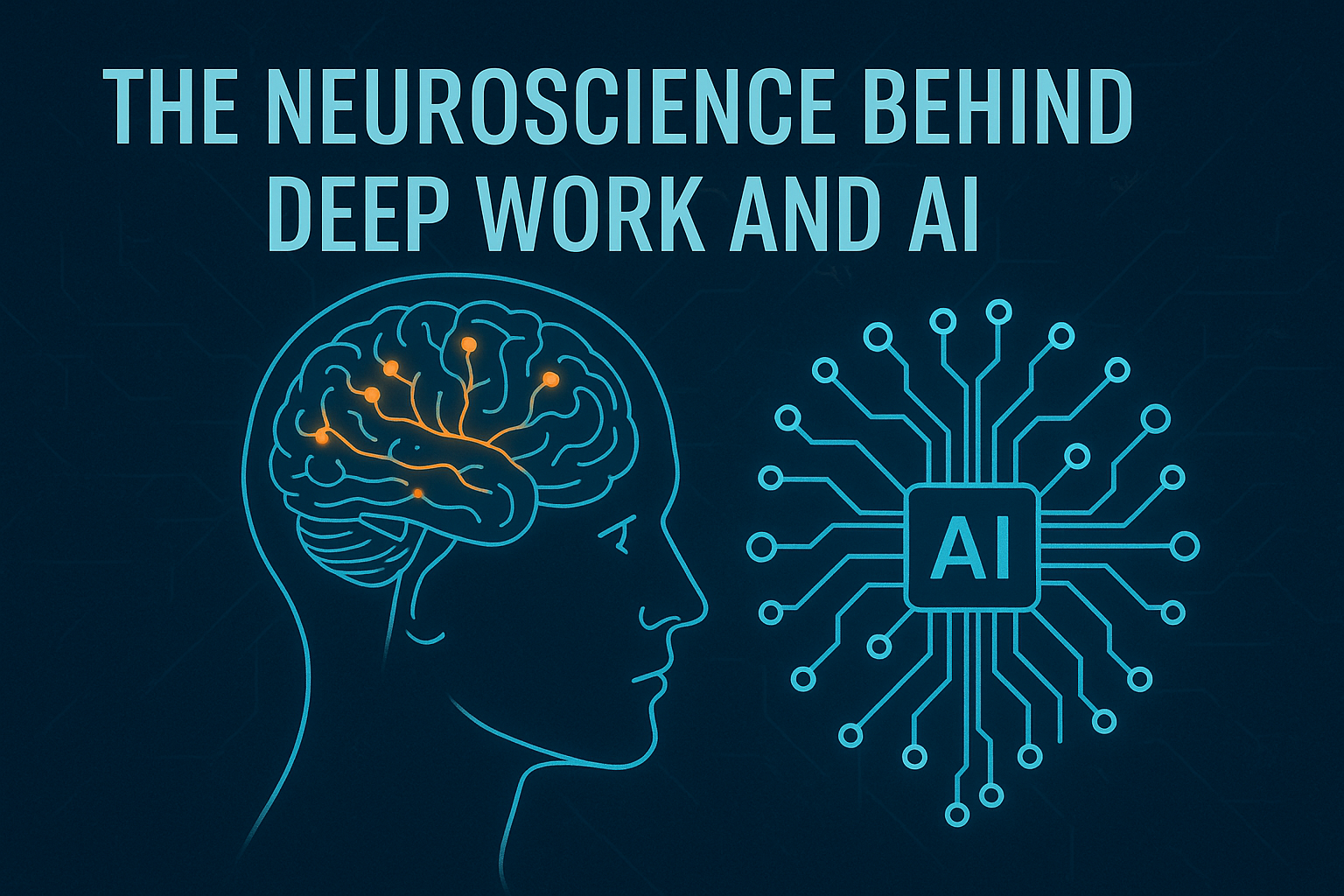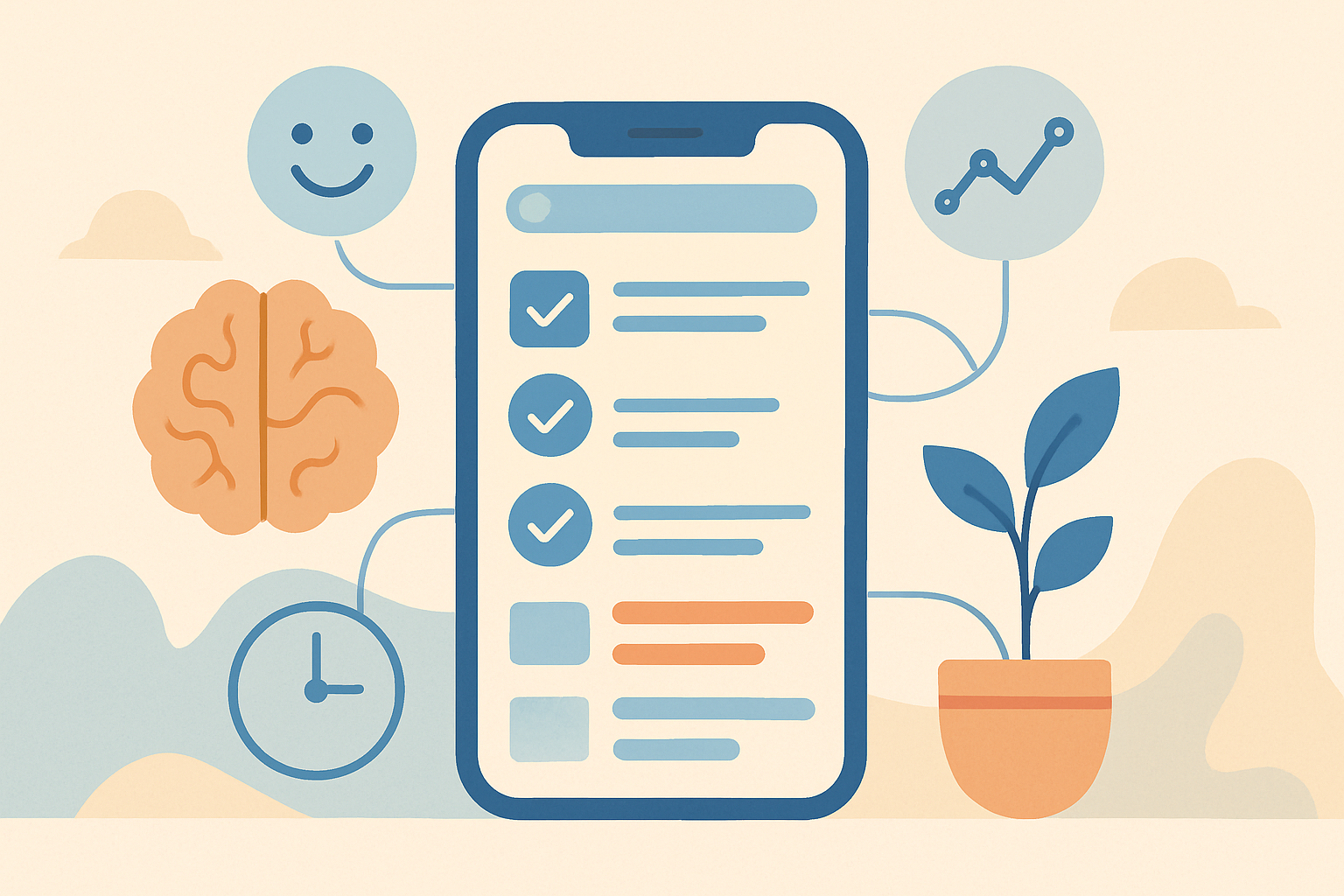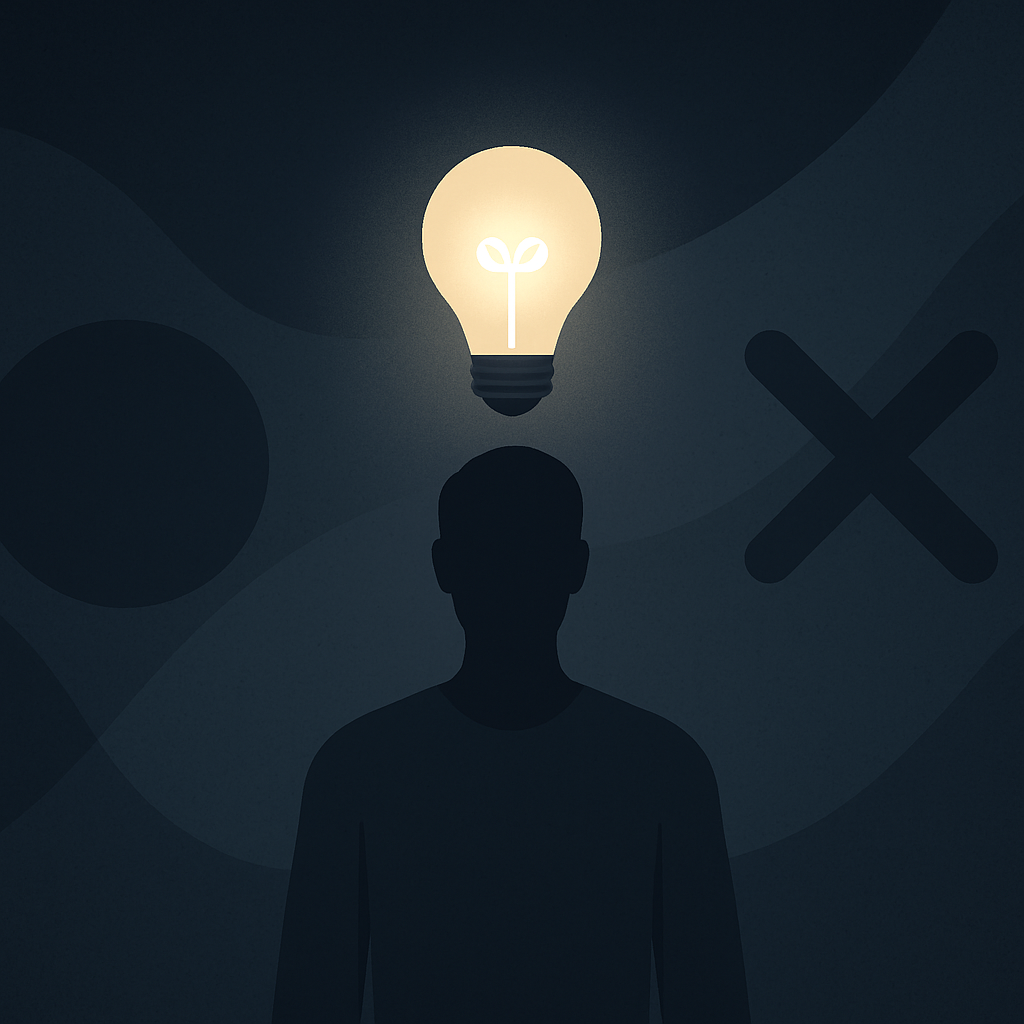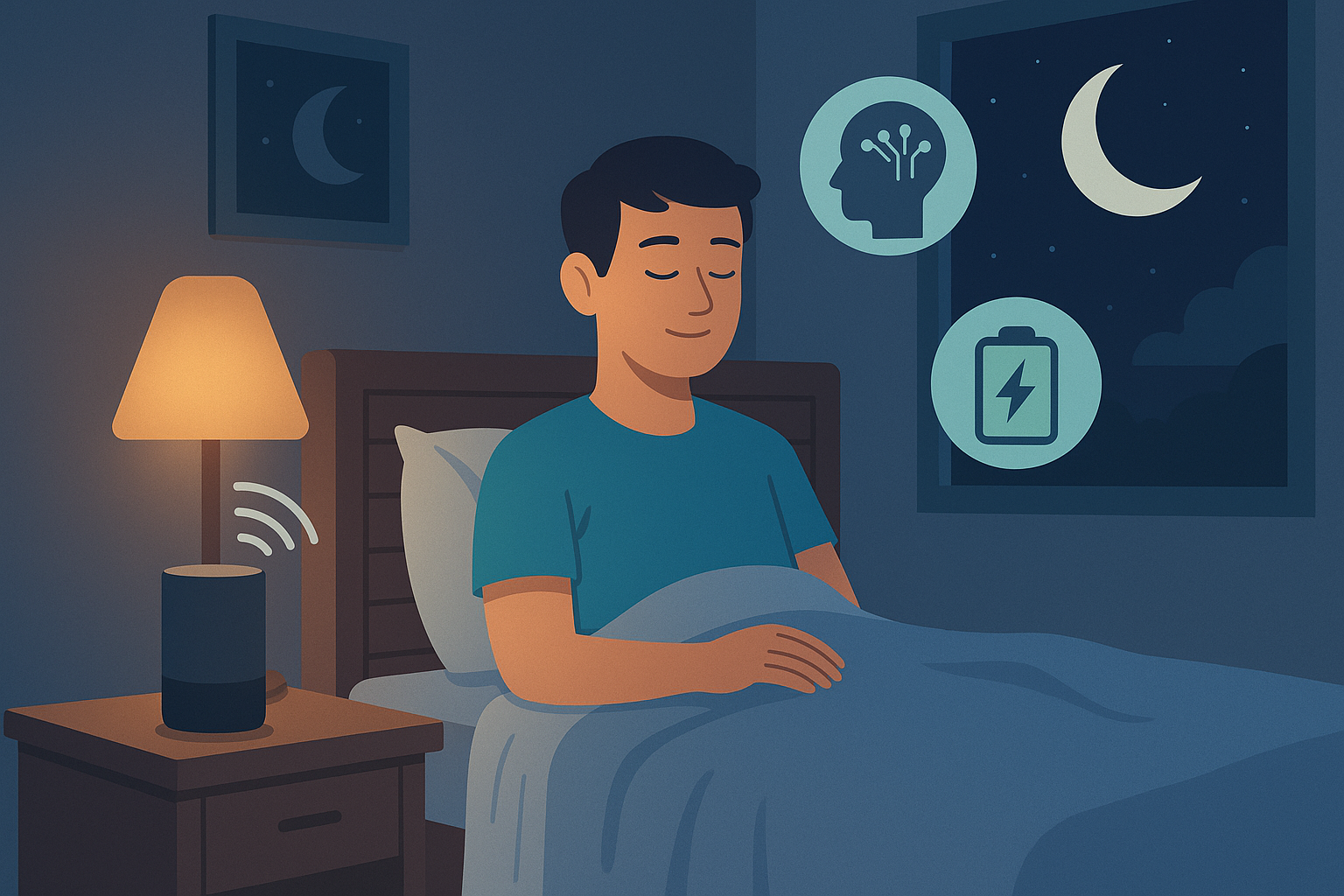Modern productivity often feels like an endless race against distraction. But neuroscience reveals a different truth: deep concentration is not just a skill, it’s a biological state — one that can be trained, optimized, and even enhanced through artificial intelligence. Mental Focus
Deep work, as coined by Cal Newport, is the ability to focus without distraction on cognitively demanding tasks. It’s what separates high-quality output from busy noise. Neuroscience now shows that this capacity is rooted in how our brain regulates mental focus, how it rewards attention, and how external tools — particularly AI — can align with these natural mechanisms.

How the Mental Focus Brain Enters Deep Work
When the brain enters a state of deep work, several regions synchronize to sustain attention. The prefrontal cortex acts as the command center, suppressing distractions and guiding goal-oriented behavior. The anterior cingulate cortex (ACC) manages error detection, helping you stay on track, while the basal ganglia reinforce task patterns through repetition and reward.
This neural alignment creates what neuroscientists call transient hypofrontality — a state where unnecessary self-monitoring quiets down, allowing full immersion in the task. That’s the essence of deep work: total cognitive flow.
However, maintaining this state requires both biological energy and environmental stability. Constant digital interruptions break these circuits before they can stabilize. This is where artificial intelligence becomes a powerful ally — not as a replacement for discipline, but as a supportive layer that maintains the conditions the brain needs to perform at its best.
Why Mental Focus Is a Neurochemical Balancing Act
Every moment of focus involves a dance between neurotransmitters. Dopamine drives motivation and reward anticipation, while acetylcholine fine-tunes attention on the specific stimulus. If dopamine is too low, boredom takes over; too high, and anxiety disrupts focus.
AI can help monitor and balance this rhythm indirectly through data. Tools that analyze sleep, movement, and screen behavior can predict when your mental energy — and by extension, your neurochemical readiness — peaks or crashes.
For example, a system that integrates Oura Ring, Motion AI, and Notion AI might detect that your focus rate declines after 2 p.m. Based on that insight, it could reschedule deep work blocks for your brain’s optimal dopamine window in the morning.
The Role of AI in Creating Cognitive Flow
Deep work depends on three environmental constants: clarity, minimal friction, and reward feedback. AI strengthens each of these pillars.
1. Clarity — Intelligent task planners such as Notion AI or Motion automatically condense complex to-do lists into clear, actionable sequences. This gives your prefrontal cortex fewer decisions to make, reducing “decision fatigue.”
2. Minimal friction — Distraction blockers like Freedom or Opal AI adapt to your usage patterns, identifying the exact moments when you’re most vulnerable to context switching. Instead of a static blocklist, they dynamically reinforce your mental boundaries.
3. Reward feedback — AI trackers like RescueTime and Reclaim translate abstract productivity into tangible data. Seeing progress reinforces dopamine circuits that motivate sustained effort, effectively turning deep work into a self-rewarding loop.
Below is a simple visualization of how neuroscience and AI overlap:
| Cognitive Process | Brain Function | AI Equivalent | Result on Mental Focus |
|---|---|---|---|
| Attention filtering | Prefrontal cortex | Freedom, Opal AI | Fewer distractions, higher clarity |
| Goal sequencing | Basal ganglia | Notion AI, Motion | Smoother transitions, momentum |
| Reward system | Dopamine circuits | RescueTime, Reclaim | Positive reinforcement loop |
This synergy transforms the mind–machine relationship from distraction to alignment.
Building a Mental Focus Brain That Welcomes Deep Work
Deep work isn’t only about long focus sessions; it’s about conditioning your brain to enter them faster. The process mirrors neuroplasticity — repetition builds new pathways until focus becomes the default mode.
AI tools can accelerate this adaptation by acting as real-time mirrors for your attention. For instance, if your deep work block keeps getting interrupted after 20 minutes, your AI assistant might shorten the next session to 15 minutes, gradually increasing as your tolerance grows.
Over weeks, this method rewires your prefrontal–basal ganglia loop, strengthening your capacity to resist distraction. Eventually, your brain internalizes what the software once enforced — that’s the point of true focus training.
Example:
A designer integrates Motion AI with Brain.fm. Every morning, Motion allocates a 90-minute design session during peak focus hours. Brain.fm provides neural “sound scaffolding,” aligning auditory patterns with attention frequency bands (around 12–15 Hz). After three weeks, the designer reports doubling the depth of work completed per session, with less perceived mental strain.
The Hidden Cost of Fragmented Attention
When attention fragments, the brain doesn’t simply pause and resume; it must reload context each time. Neuroscientists call this task reconfiguration cost. Each switch can consume several seconds of prefrontal activity — but multiplied across hundreds of micro-switches per day, it leads to hours of cognitive loss.
AI minimizes this hidden tax by automating transitions. For example, an assistant might close unused tabs, archive messages after summary, or delay incoming notifications until your focus block ends. The outcome isn’t just more time — it’s smoother neural continuity.
If we visualize cognitive stability across a workday, the difference becomes clear:
| Pattern | Description | Effect on Focus |
|---|---|---|
| Fragmented Attention | Frequent switches, constant input | Reduced dopamine, fatigue |
| Supported Deep Work | Stable flow, managed input | Sustained attention, better recall |
AI effectively acts as the scaffolding that protects your prefrontal cortex from overload.
The Science of Recovery: How the Brain Resets Focus
A key part of deep work is knowing when to stop. The longer you sustain intense attention, the more adenosine builds up — a neurochemical that signals mental fatigue. Neuroscience confirms that short, rhythmic breaks allow adenosine levels to drop, restoring sharpness without full rest.
AI-powered tools like Endel or Calm AI generate adaptive recovery sessions between work blocks. They analyze your activity data and create micro-breaks using soundscapes, breathing guides, or quick eye-relaxation cues tailored to your current fatigue level.
For example, after a 60-minute writing session, Endel detects elevated stress signals from your smartwatch and suggests a two-minute auditory reset — birdsong frequencies proven to lower cortisol. The brain recalibrates, and your next deep block starts with renewed focus instead of mental drag.
Combining AI Insight with Human Intention
The real breakthrough happens when human intuition meets algorithmic precision. AI can tell you when you’re most alert, what distracts you, and how to structure your day — but it’s up to you to decide what deserves your focus.
The partnership looks like this: you bring intention, AI brings awareness. You decide the goal, and AI helps build the mental and digital environment that protects it. This collaboration elevates both sides — biology gets structure, and technology gets purpose.
Over time, this symbiosis reshapes how we define productivity. Instead of “doing more,” the measure becomes “thinking deeper.” That’s the new frontier of mental focus.
A Practical Deep Work Setup
To bring neuroscience and AI together, here’s an example of a one-day focus system that integrates both sides:
| Phase | Tool | Function | Neuroscientific Goal |
|---|---|---|---|
| Morning | Motion AI + Brain.fm | Schedules + audio flow | Activate beta-band attention |
| Midday | Notion AI | Task clarity + reordering | Reduce decision fatigue |
| Afternoon | RescueTime | Focus tracking | Dopamine feedback reinforcement |
| Evening | Endel AI | Guided rest sound | Reset adenosine, restore calm |
The system doesn’t just optimize your calendar — it aligns your day with your neurochemistry.
Conclusion
The future of deep work lies at the intersection of neuroscience and artificial intelligence. By understanding how the brain regulates mental focus, we can design AI tools that respect and enhance our natural attention rhythms instead of disrupting them.
Every block of concentration becomes an experiment — a dialogue between biology and machine. As you train your brain to sustain deeper work, the tools you use become extensions of your cognitive process.
In a world where attention is currency, mastering mental focus is the ultimate advantage. The science is clear: with the right systems and intelligent feedback, your brain can learn to stay in deep work longer, think sharper, and create better.
Suggested readings:
- Cal Newport – Deep Work: Rules for Focused Success
- The Neuroscience of Attention – Penn Medicine
- Brain.fm Science Library
Blog
This section provides an overview of the blog, showcasing a variety of articles, insights, and resources to inform and inspire readers.
-

AI Habit Tracking and the New Rhythm of Modern Self-Improvement
AI Habit Tracking. Progress used to depend on discipline. Now, it depends on data.…
-

AI Decision Making and the New Discipline of Intentional Living
AI Decision Making. Every “yes” has a cost. Every time you agree to something…
-

The Perfect AI Night Routine to Sleep Better and Think Smarter
AI Night Routine. Your morning doesn’t begin when you wake up — it begins…
